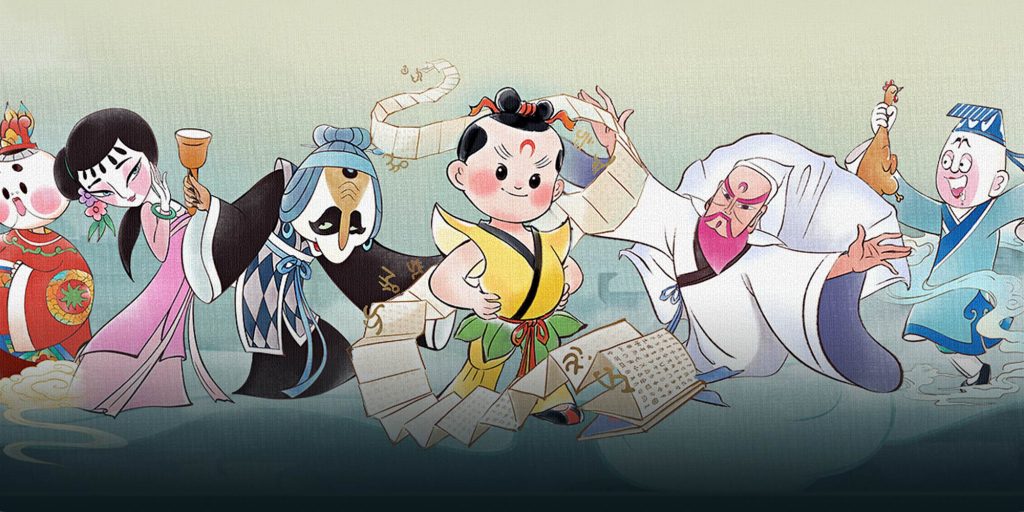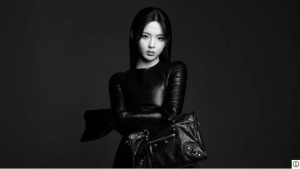Chinese animation is often hailed for its integration of traditional aesthetic and themes, but is the aesthetic all it has to offer?

A new, 4K restoration of the classic Chinese animated film “The Legend of Sealed Book” has arrived in theaters. Originally released in 1983, “Sealed Book” was part of a wave of strident, uncompromisingly creative masterpieces produced in the early days of the “reform and opening-up” era. Alongside other classics from that time, like “Prince Nezha’s Triumph Against the Dragon King,” it defined the look and feel of modern Chinese animation for generations of filmgoers.
Perhaps unsurprisingly, the film’s restoration has once again rekindled discussions among filmgoers about the supposedly diminished state of the country’s animation industry. Similar debates occurred after the release of a restored version of 1961’s “Havoc in Heaven” in 2019 and the uncut version of another animated classic, “Saving Mother,” in 2006. While domestically produced animation, known in Chinese as guoman, remains popular, audiences raised on the classics often complain that contemporary animation lacks the beauty of those earlier films — as well as their innovative approach to adapting traditional aesthetics.
But is this really a fair criticism? Animators today are working in a far more international context. Their target audience of young Chinese have grown up in a very different cultural landscape, one in which they’re as likely to know the ins and outs of the Marvel universe as the great Chinese novels on which so many classic animations were based. Continue to read the full article here
– This article originally appeared on Sixth Tone.





